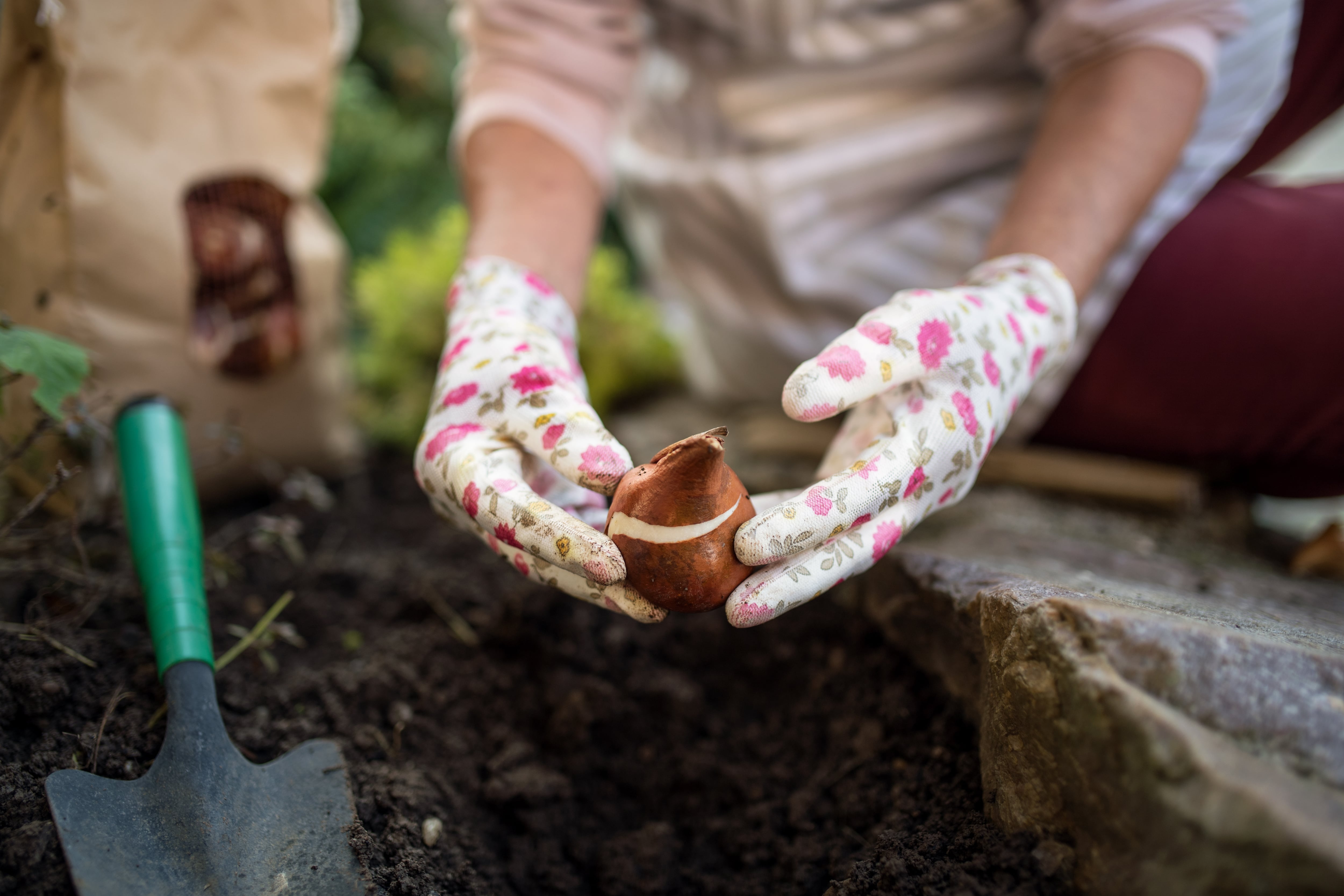Q: We have a small back garden that includes an old wall covered in ivy. I love the ivy, but it has become home to an army of slugs that have eaten many of my plants over the years. I have tried many different things to combat the slugs (ground eggshells, coffee grinds, various different pellets), none of which have really made that much difference. I am also concerned about using products that may harm the birds that visit the garden and our dog. At this stage, I think I have to accept that the slugs are part of the garden and learn to live with them. So, I would like to look at planting some small shrubs and flowers that are not appealing to slugs. I would be grateful for some suggestions. JM
A: You have my sympathy, there’s nothing more frustrating than seeing much-loved plants being destroyed in this way, despite your very best efforts. I think it’s not so much the ivy, but unfortunately your old stone walls that are providing the sort of habitat – cool, shady, protected – that slugs and snails love.
This is especially the case in walls where the mortar joints between stones have gradually crumbled away over time, a process speeded up by the probing aerial roots of the ivy, which stubbornly work their way into small cracks and then gradually enlarge them. This creates plenty of convenient little damp nooks and crannies within the fabric of the wall, which over time become filled with leaves that slowly rot down into compost, the perfect place for slugs and snails to hide out.
You could, energy and budget permitting, strip away the ivy and repoint the wall, which would certainly help. But the best solution, as you’ve rightly concluded, is to grow the kinds of plants that are slug- and snail-proof, of which there are many.
RM Block
[ Why isn’t my fruit tree flowering?Opens in new window ]
My first suggestion is to concentrate on a selection of woody shrubs and evergreen perennials, whose year-round-structure hugely helps to protect them from the sort of wholesale damage that snails and slugs can cause to the soft, young growth of some (but not all) species of herbaceous perennials as they emerge in spring. Just as importantly, these should be species chosen to suit the growing conditions in terms of soil type, aspect, shelter, microclimate etc.
Some examples of slug- and snail-proof woody shrubs and evergreen perennials suitable for a sunny area, include rosemary, lavender, artemisia, euonymus, lilac, viburnum, mahonia, hydrangea, roses, salvia, stipa and euphorbia. For a shady area, examples include camellia, daphne, sarcococca, polystichum, hellebore and ajuga.
Some herbaceous perennials are also impressively resistant to slug and snail damage. Examples include Alchemilla mollis, geum, aconitum, aquilegia, eryngium, astrantia, tellima, astilbe, campanula, sanguisorba and geranium.
- Sign up for push alerts and have the best news, analysis and comment delivered directly to your phone
- Find The Irish Times on WhatsApp and stay up to date
- Listen to our Inside Politics podcast for the best political chat and analysis




















